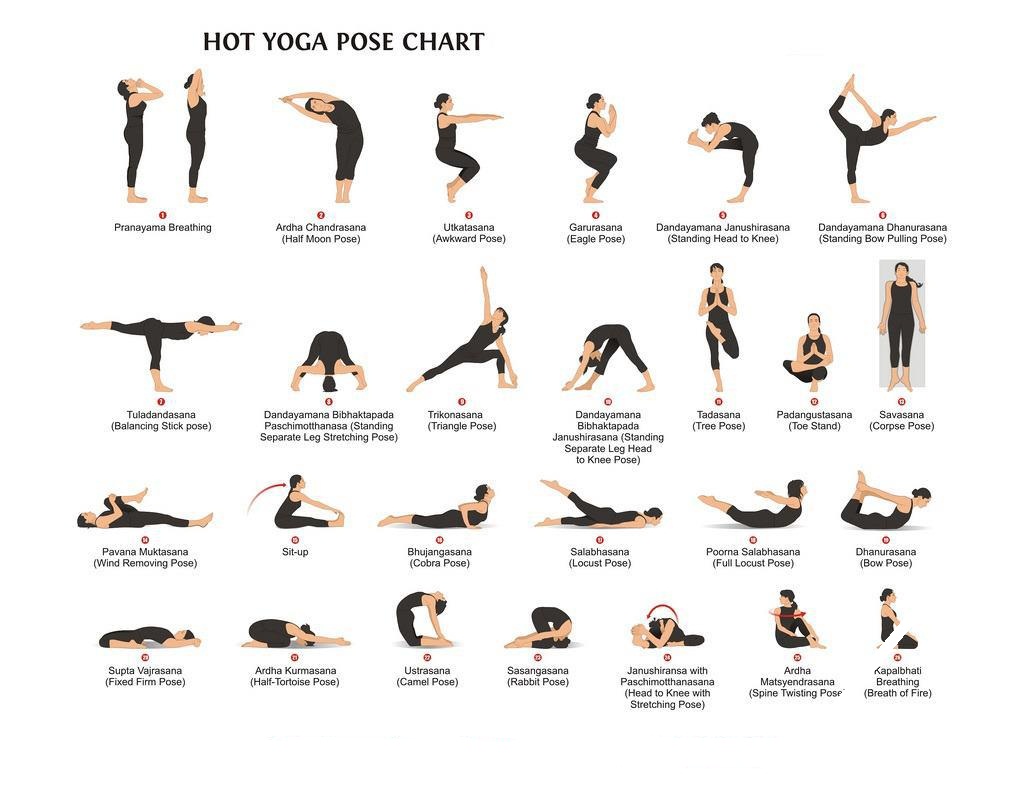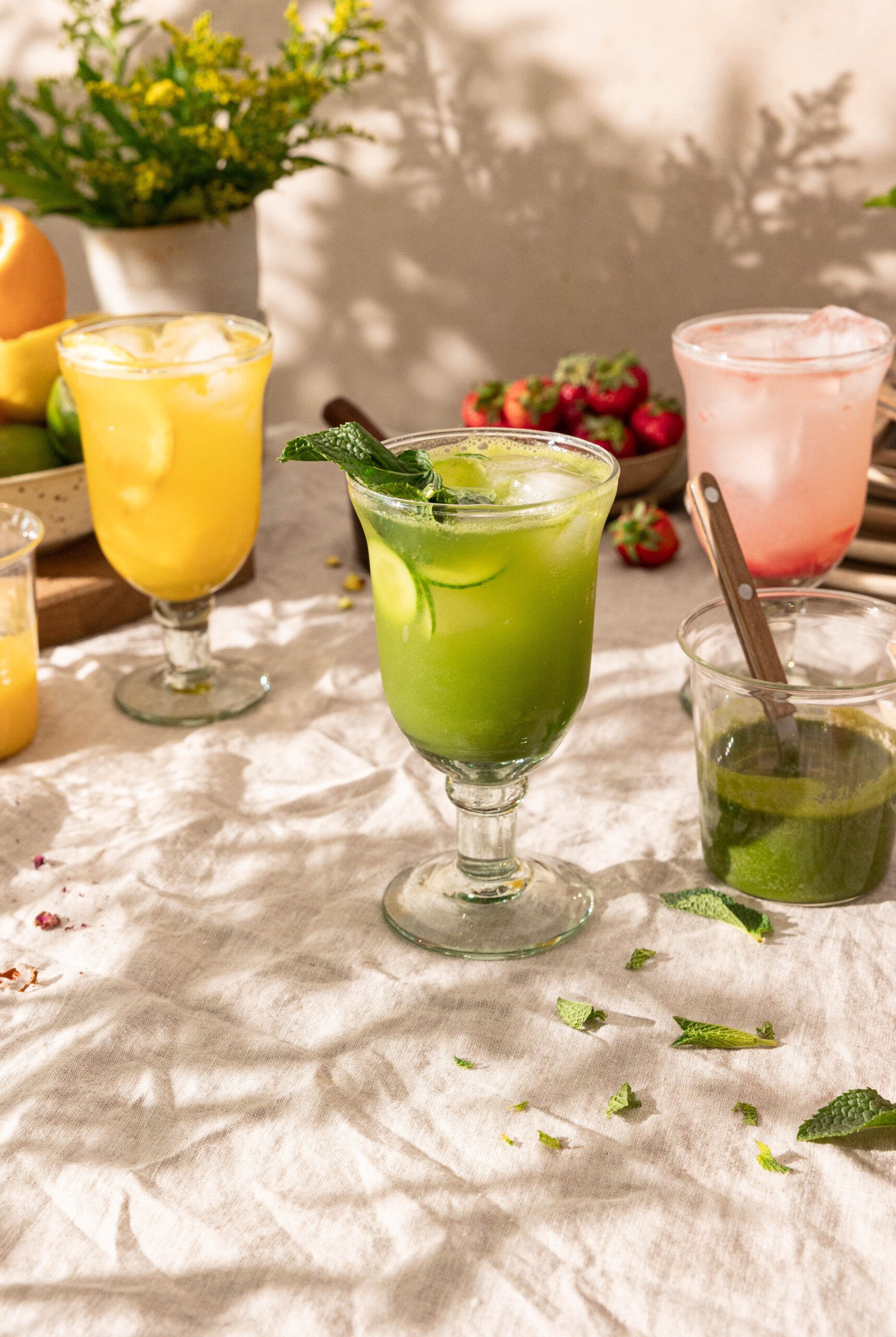These Hacks Will Help All Your Plants Survive When You're On Vacation
While a two-week vacation might sound dreamy to you, it can be a nightmare for your plants.

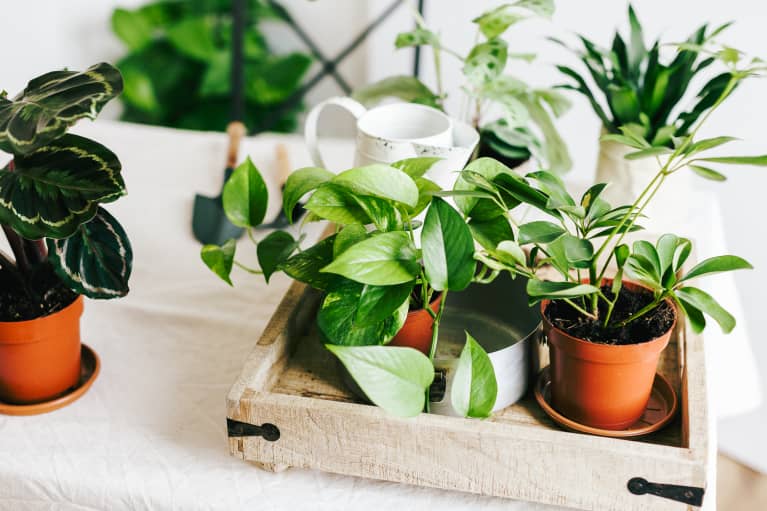
Our editors have independently chosen the products listed on this page. If you purchase something mentioned in this article, we may earn a small commission.
While a two-week vacation might sound dreamy to you, it can be a nightmare for your plants—especially during the hot days of summer when they need more consistent attention. We asked gardeners and houseplant lovers about their favorite hacks for keeping greenery happy during extended trips. Here's their best advice for watering plants while you're away.
Indoor vs. outdoor plants.
The first thing you need to consider is how long you'll be away from home. Plants are pretty resilient, and most should be just fine if you leave them alone for a week or less. If you're leaving for longer than a week, it's not a bad idea to take some precautions. When you do, it's important to consider the setting of your plants.
Your game plan for a backyard garden will be different than it is for a windowsill display. Here are some general rules of thumb for indoor and outdoor displays:
To keep your garden lush while you're away, Sarah Barbosa, a grower with a thriving homestead in Texas, says a timed irrigation system will work wonders. "It's pretty essential, even if you're not traveling. Life just gets busy," Barbosa tells mbg.
If you don't have one, check out Barbosa's DIY self-watering strategy below. And of course, you could also ask a neighbor or friend to stop by and check in on your garden for you if there are any prized plants you're worried about.
Once you leave home, some of your more drought-resistant houseplants won't even notice you're gone. That's why Clara Leung, a plant and feng shui consultant who teaches busy people how to care for greenery, recommends splitting your indoor plants into three categories:
If you do have any high-maintenance plants such as Calatheas, polka dot plants, ferns, or orchids, Leung recommends leaving them at a friend or neighbor's house before you head off. "That way they can actually keep an eye on them daily," she explains.
What to do before you go.
Once you've come up with a care plan and set aside your high-maintenance plants, here's how to prep your remaining greenery for your departure:
Give your plants a good soak and make sure that all of your garden beds are covered in a top dressing. "Making sure that you have a barrier between the sunlight and your ground helps maintain moisture levels in your soil," Barbosa says.
Before leaving, you might want to relocate the mid-maintenance, tropical plants that you typically water at least once a week (philodendron, pothos, etc.).
Sonam Aditya, the founder of Plant Shoppe in San Antonio, recommends moving them further away from windows so that they will get slightly less light (and therefore, require less water)—especially if you live in a hot, sunny place. Drawing a sheer curtain can also soften the lighting on your plants, adds Leung.
"We always tell people to put all their plants together so they can create a micro-system of their own," Aditya says. "That way, all your plants are keeping each other warm and humid." Clustering your houseplants together away from the window should extend the time they can go in between waterings.
Again, give all your plants a good soak, preferably in the morning, before you head off on your adventure. And remember to turn off any air conditioner units, which will leave your plants (not to mention, your bank account) parched while you're away.
Best DIY methods to water plants while away.
You can quickly rig up a self-watering system for your thirstier plants before you leave using one of these three methods:
Method 1: String drip method
Leung recommends this method for anyone looking to water multiple plants at once. It should keep smaller plants happy for one to three weeks:
Best for: Watering multiple houseplants at once
Good for: 1 to 3 weeks
Method 2: Submerged globe method
If you have larger plants that require more water, this hack from organic gardener Allison Vallin Kostovick should keep them happy for one to two weeks:
Best for: Large houseplants and outdoor container gardens
Good for: 1 to 2 weeks
Method 3: Homemade ollas method
This homemade version of an olla—a traditional ceramic irrigation tool—will keep thirsty garden plants quenched for one to two weeks. Barbosa has successfully used it on her tomato plants:
Best for: Garden plants
Good for: 1 to 2 weeks
Products to help with watering.
Don't want to DIY? You can also buy special planters that are designed to keep plants watered for you.
You can read all about self-watering planters here, but the gist is that they have built-in reservoirs that store water until your plant wants to absorb it—either through its roots or using an attached wick. These reservoirs are separate from the plant itself, so you don't need to worry about roots sitting in water and developing root rot.
You can simply fill your reservoir up before you go and it should work for one to three weeks, depending on the planter, the plant, and the conditions of your home.
Leung and Aditya both caution that these planters can be hit-or-miss, though, so you might want to test one out ahead of time before leaving your plant in it unattended. Plants with shallow roots, like snake plants and cacti, should not be placed in a self-watering planter. Thankfully, they can go a long time without water anyways.
Shop self-watering planters
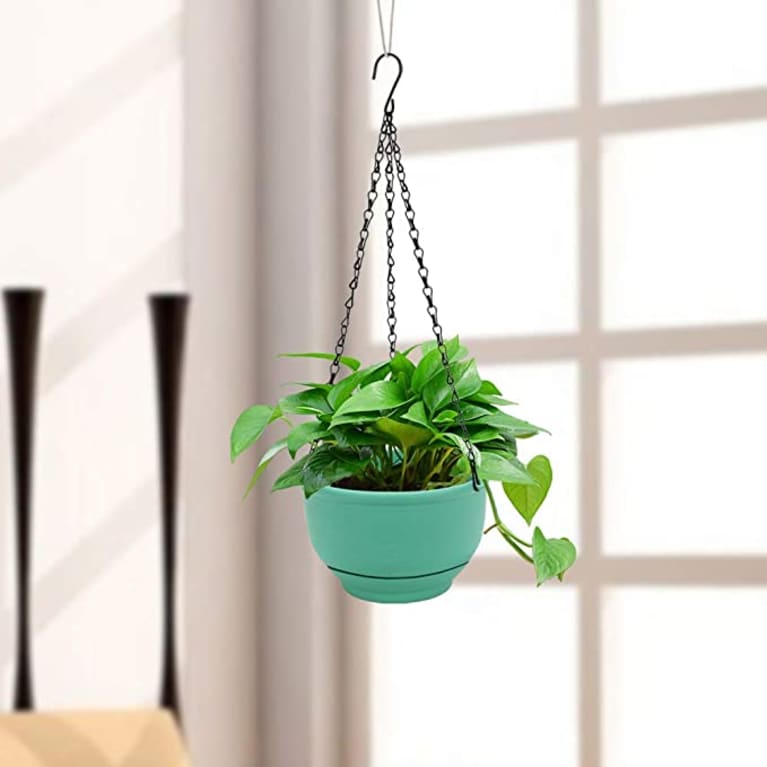
GROWNEER
Self-Watering Hanging Flower Pot
$19

Viva
Self-Watering Rolling Planter
$70
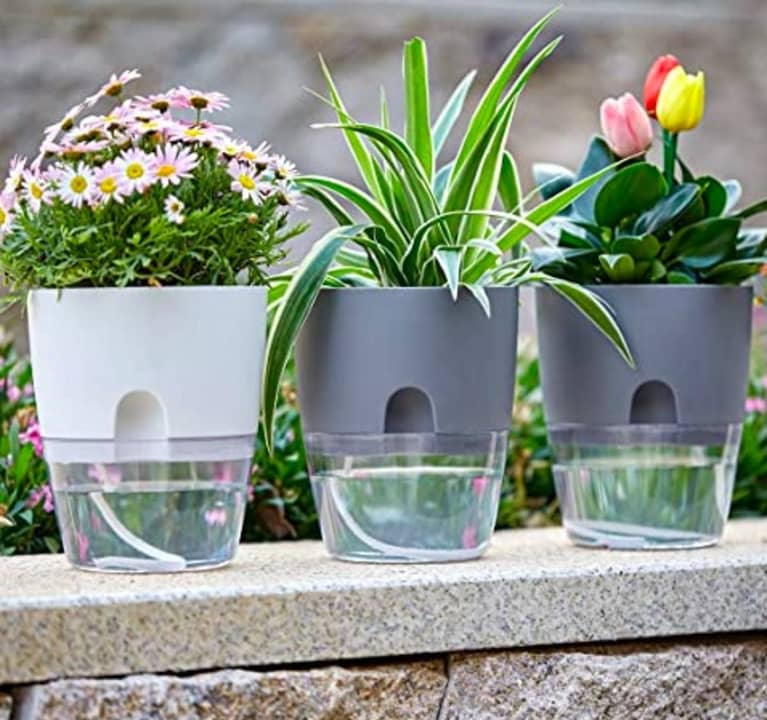
Amazon
Self Watering Planter Pots, 5-Pack
$17
Best low-maintenance plants.
These low-maintenance houseplants can go weeks without water, making them great picks for plant parents who travel often and don't want to deal with setting up a self-watering system or buying a special planter:
With this final to-do checked off your list, you're ready to leave home confident your plants will be just fine without you. Once you are reunited with your beloved greenery, just be sure to dust off their leaves, give them a good soak, and check them for pests.
Want to learn how feng shui can help you create a high-vibe home and set powerful intentions to manifest your dreams? This is feng shui the modern way - no superstitions, all good vibes. Click here to register for a free session with Dana that will give you 3 tips to transform your home today!
Reset Your Gut
Sign up for our FREE doctor-approved gut health guide featuring shopping lists, recipes, and tips
You are now subscribed
Be on the lookout for a welcome email in your inbox!
https://www.mindbodygreen.com/articles/how-to-water-plants-while-away

 Astrong
Astrong 










